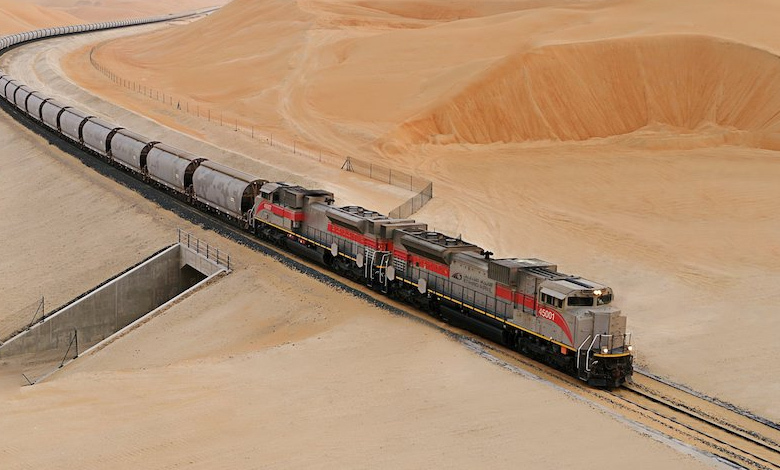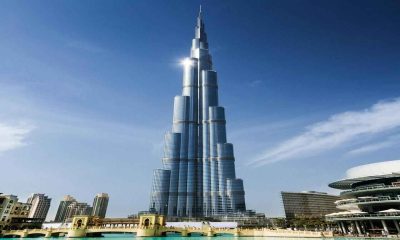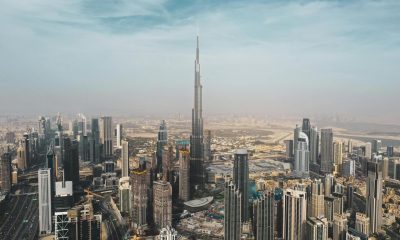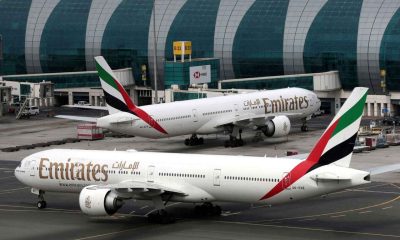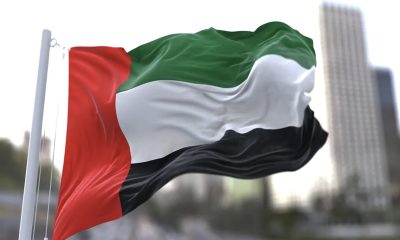Established in June 2009 to manage the development, construction and operation of the UAE’s national freight and passenger railway network, Etihad Rail is all the rage lately. Here’s your guide to interesting and important insights into the mega project.
Etihad Rail – set to connect the Emirates and later link the UAE to Oman – marked its maiden passenger journey on Jan 25. Trains will run between 11 cities and regions, stretching from Al Sila to Fujairah and taking in Al Ruwais, Al Mirfa, Dubai, Sharjah, Al Dhaid and Abu Dhabi.
Freight services became completely operational across the Gulf country in 2023, and after the successful passenger journey last week, it is expected that the public can soon take advantage of the flourishing railway network.
Read More: UAE affirms support for Gaza aid agency as many donors suspend payments
Etihad Rail: Mega railway infrastructure project
The year 2009 marked the beginning of work on Etihad Rail. Since 2016, two tracks spanning 264 km have been in operation – trains make regular journeys transporting granulated sulphur from gasfields in Shah and Habshan to an export point in Ruwais.
Everyday, a couple of trains run across the Emirates, capable of transporting up to 22,000 tonnes of sulphur. Each can pull more than 100 wagons. After completion, the network can connect the seven emirates to the five Gulf Cooperation Council (GCC) countries.
Present circumstances and future expectations
Last year, the national railway network announced the operationalisation of freight services. Freight trains are capable of travelling at up to 120 kph and the fleet can carry everything from construction materials to shipping containers.
Meanwhile, the passenger trains are expected to touch speeds of up to 200 kph, carrying about 400 people. Carriages will offer entertainment systems, charging points, food and drink options and Wi-Fi. A starting date has yet to be announced.
Customers can expect travel journeys between Abu Dhabi and Dubai to last 50 minutes and about 100 minutes between Abu Dhabi and Fujairah. In addition, a luxury train service is also part of the plans, after an agreement reached between Etihad Rail and Italy’s Arsenale.
Notable benefits for Emiratis
The mega project carries considerable social and environmental benefits. “Instead of 300 lorries, you have one train driver. Instead of people waiting in traffic jams, we are moving lorries to railway,” said Gottfried Eymer, chief executive of the Etihad Rail freight network.
